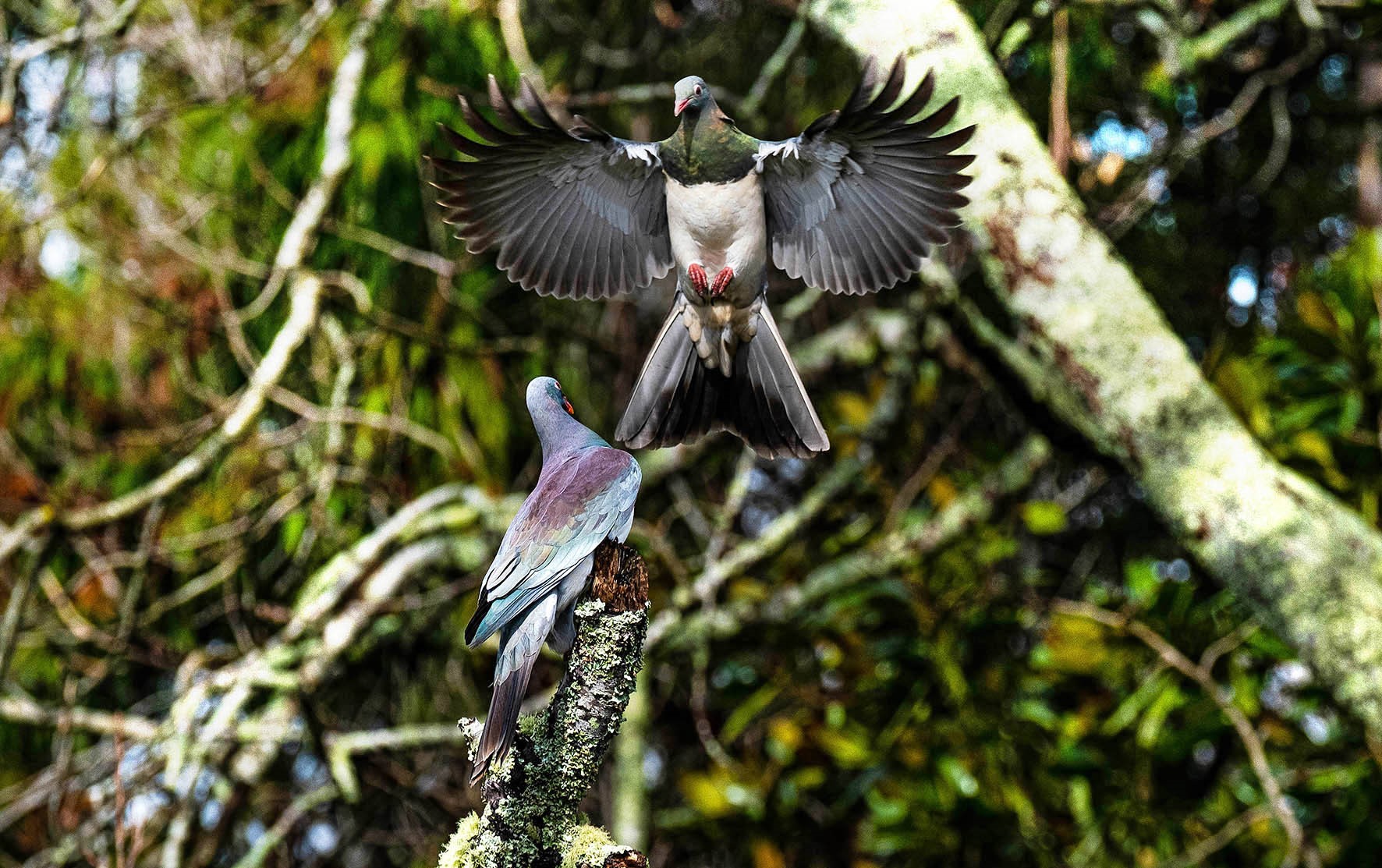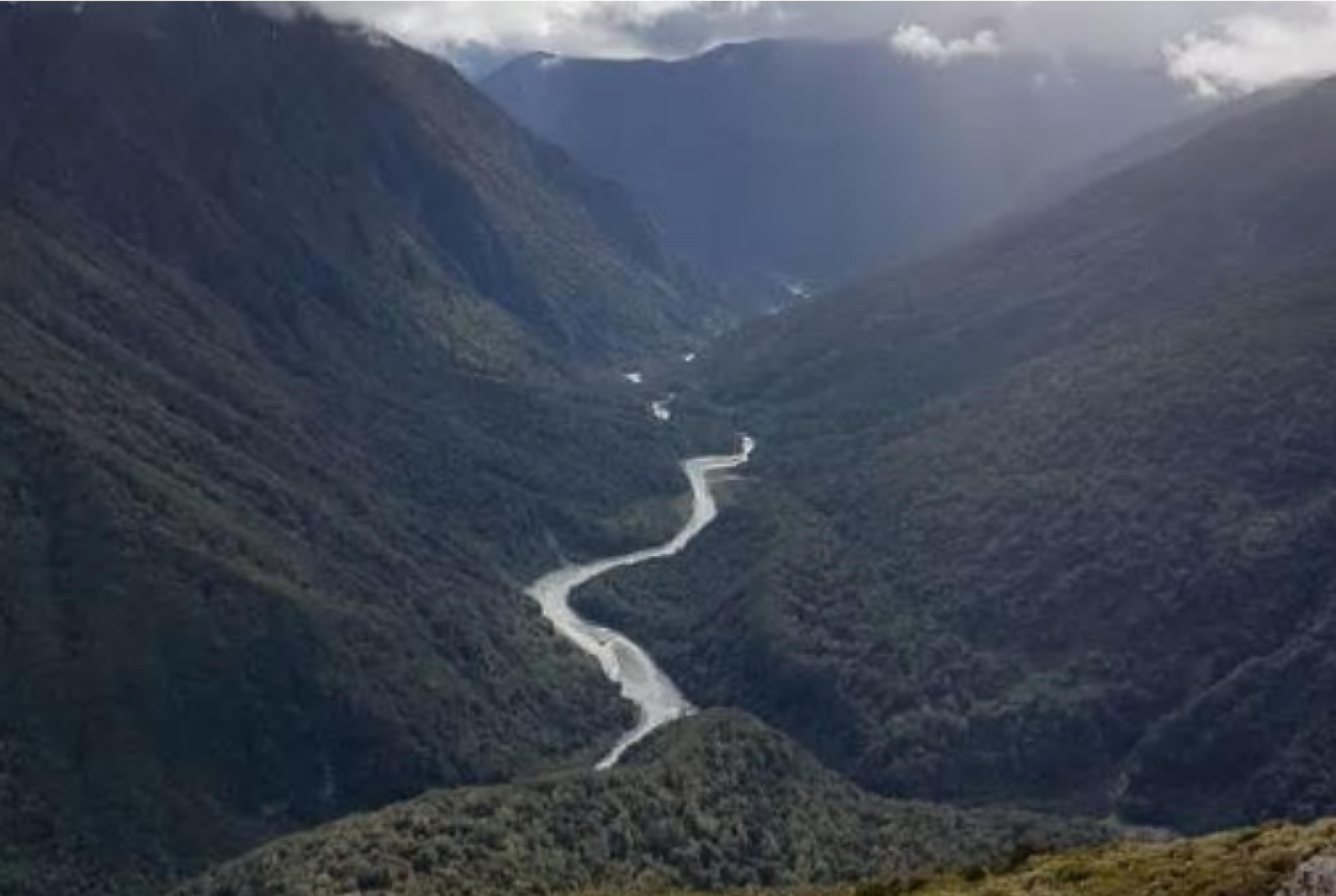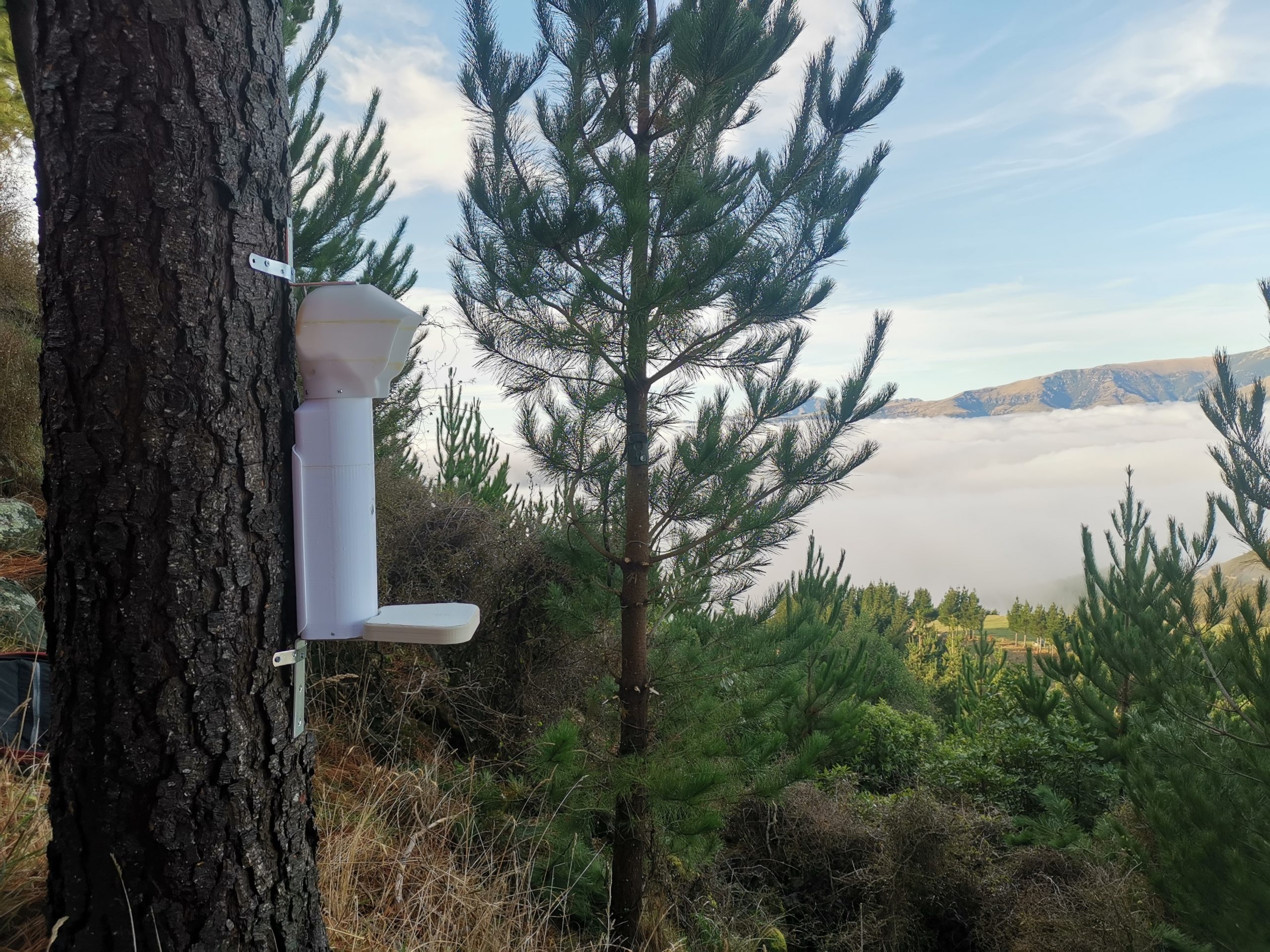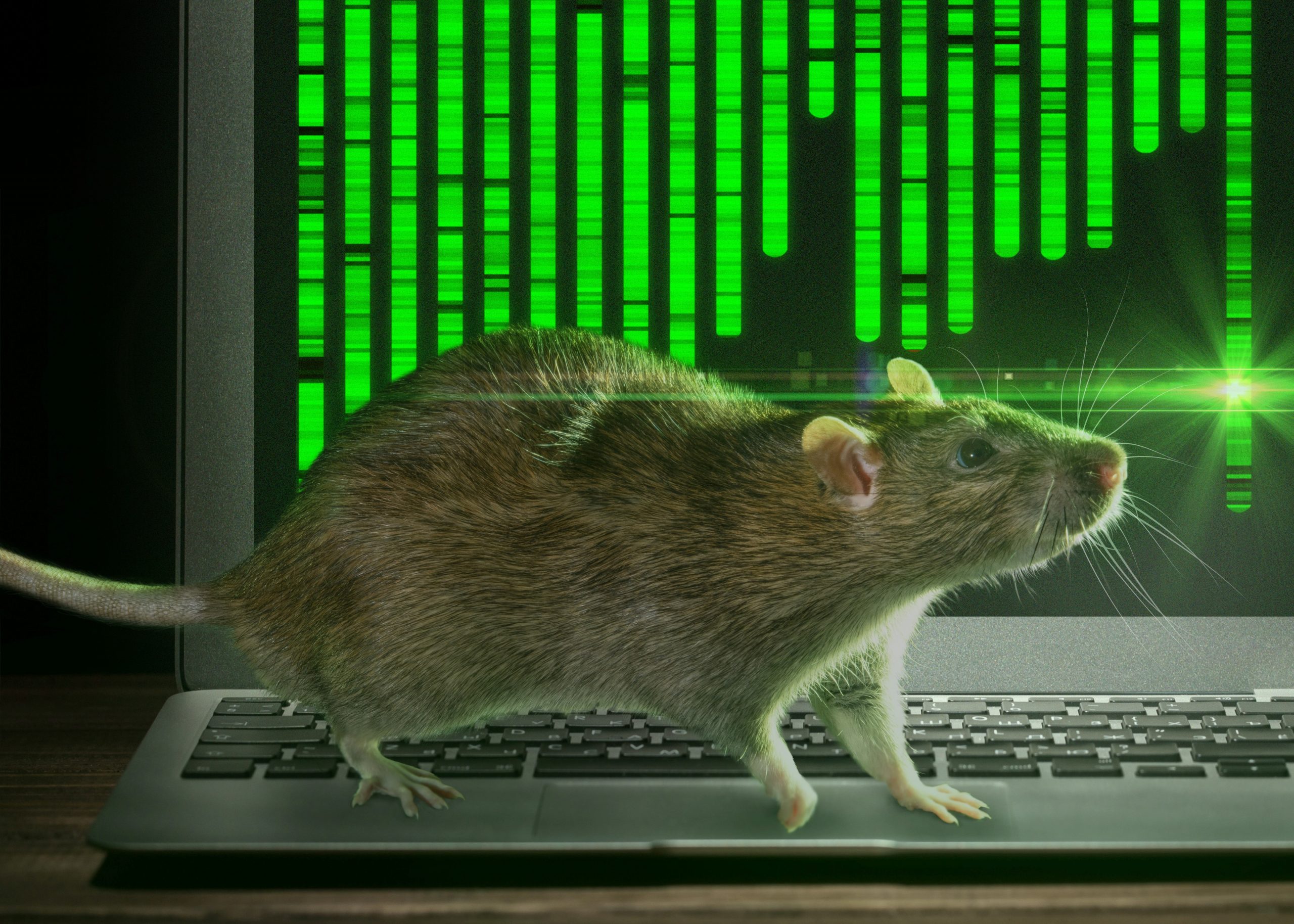If New Zealand’s existing and new native forests are to ever reach their full biodiversity potential, mammalian predators need to be eliminated. Predator Free 2050 Ltd is the government-owned agency charged with leading work on predator control. Three pathways have been identified – Patchwork, Swathe and Science – and significant advances are being made through international collaborations and many New-Zealand-based projects.
If New Zealand were to reforest large areas with native trees, and surmount the mountain of weed, browsing herbivore and disease issues that many species currently face, the resultant forests would still not be the vibrant ngāhere of Aotearoa’s past. Rather, we would be creating functionally depauperate assemblages largely lacking in birdsong and the rich variety of other native fauna that brings a New Zealand forest to life. This is because browsing herbivores are not the only introduced mammal pests impacting our forests.
Along with herbivorous ungulates like deer, people have also introduced mammalian predators to Aotearoa including brushtail possums, stoats and rats. In addition to having devastating browsing impacts on vegetation such as rātā, kamahi and native mistletoes, the brushtail possum feeds on birds, insects and snails. Individual stoats can devastate entire populations of native forest birds, while rats are the number one threat to New Zealand’s native biodiversity with up to hundreds per hectare eating birds, seeds, snails, lizards, fruit, weta, eggs, chicks, larvae and flowers.
After their introduction to the country, these predators had driven many species of native forest birds to extinction on New Zealand’s mainland by the early twentieth century. And their impact is ongoing; 80% of the 168 native bird species remaining in New Zealand are under threat primarily due to their presence. With many birds performing critical ecosystem services (e.g. some seeds need to pass through the gut of a bird to properly germinate, and the kererū is the only remaining native species capable of swallowing large fruit), the restoration of Aotearoa’s ngāhere will be limited without healthy bird populations.
”rats are the number one threat to New Zealand’s native biodiversity with up to hundreds per hectare eating birds, seeds, snails, lizards, fruit, weta, eggs, chicks, larvae and flowers.

With biodiverse communities and the ecosystem services they perform being critical for forest resilience to stresses such as drought and diseases such as myrtle rust, and the long-term carbon sink potential of biodiverse native forests for helping to tackle climate change, the ongoing impacts of these predators, despite sustained efforts to manage them, is driving the need to make New Zealand Predator Free. In response to this need, in 2016 the New Zealand Government announced the Predator Free 2050 mission to eradicate possums, mustelids (primarily stoats, but also ferrets and weasels) and rats from the country by 2050.
Through the efforts of recent years, several pathways to mission success are emerging. Among others, three increasingly supported pathways can be labelled Patchwork, Swathe and Science. The government-owned company created to drive the mission, Predator Free 2050 Ltd (pf2050) , has launched community, iwi and local authority-led projects around the country aiming to achieve eradication at landscape scale for at least one target species while laying the groundwork for others. Through building on current practice and making incremental operational improvements using new tools many of these eradication efforts, in mainly rural and urban areas, are nearing success.
This supports the belief that predators could be eradicated from large areas by linking up such efforts (Patchwork).
At the same time, complementary work to achieve larger and larger landscape-scale eradication in New Zealand’s backcountry has been spearheaded by the not-for-profit company Zero Invasive Predators (ZIP). On baseline funding from the Department of Conservation and the philanthropic NEXT Foundation, and Research Strategy funding from PF2050 Ltd, ZIP have achieved the complete removal of possums and stoats, and all but a handful of rats, from the 12,000ha Perth Valley on the South Island with defence and detection capability.

This achievement is already being upscaled, paving the way for a Swathe approach for eradicating from whole regions of the country.
On the Science front, innovative advances are being made overseas on wholly new approaches to eradicating pests. Over the past few years, essential underpinning for New Zealand to adapt such approaches to help achieve its predator eradication goals has been built through collaboration with agencies such as Genomics Aotearoa (New Zealand’s collaborative research platform for genomics and bioinformatics) and CSIRO (the Australian Government agency responsible for scientific research). We now have world-first full-genome sequences for ship rats and stoats, joining the already available Norway rat genome and with brushtail possums to follow shortly. This foundation enables multiple lines of innovative research to provide breakthrough advances.
However, as with all pathways, challenges abound. Key to achieving Patchwork progress to date has been the generosity of co-funders such as regional councils, community funds and philanthropic organisations, in addition to thousands of volunteers willing to help.

With many of the usual sources of such support having now been tapped, critical to growing this pathway will be finding new sources of help. One novel mechanism that may come into play is the economic valuing of biodiversity in a similar manner to which carbon is valued, to incentivise companies to assist.
By building on current predator management approaches such as aerial toxin use (with the compelling reason that, when used to achieve eradication at scale, the ongoing need for such approaches can be scaled back dramatically), the Swathe pathway is reliant on the ongoing social acceptability of such tools or the provision of equally effective and acceptable alternatives. Key to growing this pathway is thus working with all key stakeholders in open collaboration, and to be able to communicate the environmental gains being made in backcountry locations that are generally remote in a way that the majority of New Zealand can appreciate and empathise with.
For Science, assurance is needed that new developments and approaches will not have unintended consequences, particularly in relation to valued domains such as the natural environment. Highly topical, but not the only area of science with the potential to step-change our ability to achieve Predator Free 2050 under consideration, is the field of genetic modification. pf2050 is enabling responsible research to address the critical knowledge gaps surrounding the use of such science, information which is necessary for deciding when, where and how such technology should be used to help. To this end, we are actively engaged with both the United Nations Convention on Biological Diversity and the International Union for Conservation of Nature in their holistic global assessments of the role of such technology in biodiversity conservation.
”by working together in an inclusive manner that values variety and innovation, the options for overcoming challenges and hurdles are numerous.
In reality the solution will likely be a mix of pathways. There may be backcountry areas in which it is too difficult and costly for the Swathe approach to be used, for which Science may find the solution. Equally, there may be certain contexts in which Science solutions are less acceptable for use, such that targeted Patchwork approaches are needed irrespective of greater cost. And the Patchwork approach will always be more difficult to apply in backcountry areas remote from most people. But such dynamics are a cause of hope and not dismay – by working together in an inclusive manner that values variety and innovation, the options for overcoming challenges and hurdles are numerous.
Predator Free 2050 is a grand challenge. It has been labelled New Zealand’s ‘moon-shot’, and quite rightly so given the step-change advancement from conventional conservation activities it is motivating both nationally and internationally. While it will not deal with all the pest issues facing our forests (e.g. rat control may increase mouse numbers in some contexts), the evidence that the benefits will by far dominate was sufficiently compelling to underpin the launch of a national mission. And those benefits are not simply for Aotearoa’s ngāhere and the wider environment. Predator Free 2050 investments are already creating jobs and activities in the regions of New Zealand, supporting lucrative export markets for predator management products for which demand is being built by the mission’s international impact, and contributing to social wellbeing both in the short (building community dynamics) and long-term (healthy environment).




Leave a comment